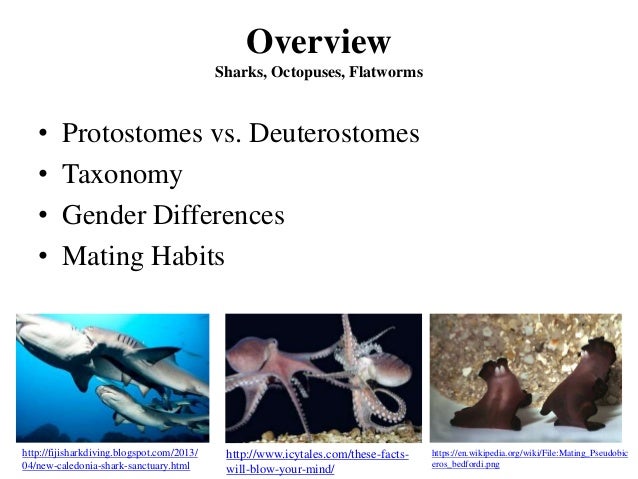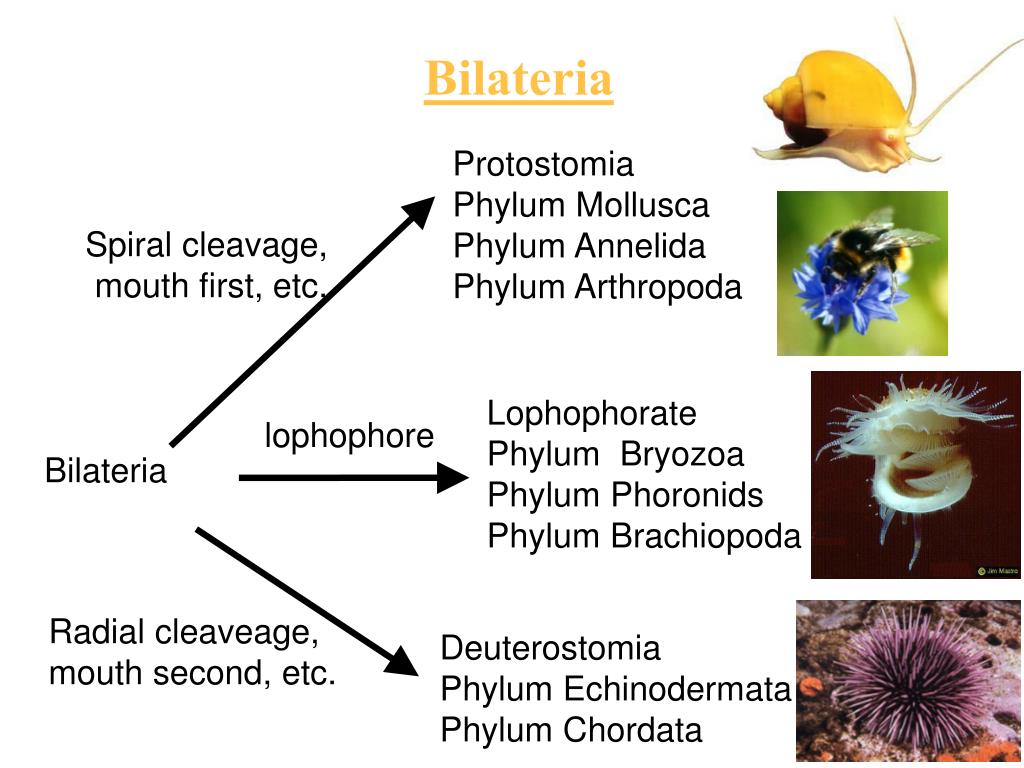

Because the cells have only a small amount of yolk, they require immediate implantation onto the uterine wall in order to receive nutrients. Mammals display rotational cleavage, and an isolecithal distribution of yolk (sparsely and evenly distributed). Radial cleavage is characteristic of the deuterostomes, which include some vertebrates and echinoderms, in which the spindle axes are parallel or at right angles to the polar axis of the oocyte. In bilateral holoblastic cleavage, the divisions of the blastomeres are complete and separate compared with bilateral meroblastic cleavage, in which the blastomeres stay partially connected. The following cleavage planes are centered on this axis and result in the two halves being mirror images of one another. The first cleavage results in bisection of the zygote into left and right halves. From here the spatial arrangement of blastomeres can follow various patterns, due to different planes of cleavage, in various organisms.

In holoblastic eggs the first cleavage always occurs along the vegetal-animal axis of the egg, the second cleavage is perpendicular to the first.

Coeloblastula is the next stage of development for eggs that undergo these radial cleavaging. These holoblastic cleavage planes pass all the way through isolecithal zygotes during the process of cytokinesis. In the absence of a large concentration of yolk, four major cleavage types can be observed in isolecithal cells (cells with a small even distribution of yolk) or in mesolecithal cells (moderate amount of yolk in a gradient) - bilateral holoblastic, radial holoblastic, rotational holoblastic, and spiral holoblastic, cleavage. While mitosis can occur in the absence of cytokinesis, cytokinesis requires the mitotic apparatus.

Karyokinesis and cytokinesis are independent but spatially and temporally coordinated processes. Cytokinesis is mediated by the contractile ring made up of polymers of actin protein called microfilaments. The asters are nucleated by centrosomes and the centrosomes are organized by centrioles brought into the egg by the sperm as basal bodies. The mitotic apparatus is made up of a central spindle and polar asters made up of polymers of tubulin protein called microtubules. The processes of karyokinesis (mitosis) and cytokinesis work together to result in cleavage. The complex CyclinB/cdc2 aka MPF (maturation promoting factor) promotes entry into mitosis. The rapid cell cycles are facilitated by maintaining high levels of proteins that control cell cycle progression such as the cyclins and their associated cyclin dependent kinases (cdk).


 0 kommentar(er)
0 kommentar(er)
